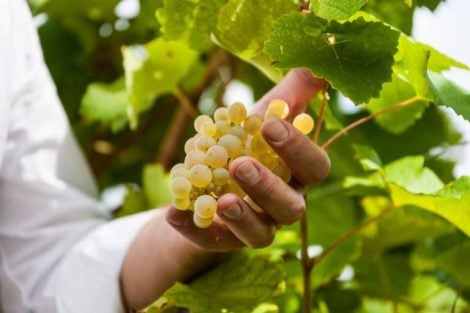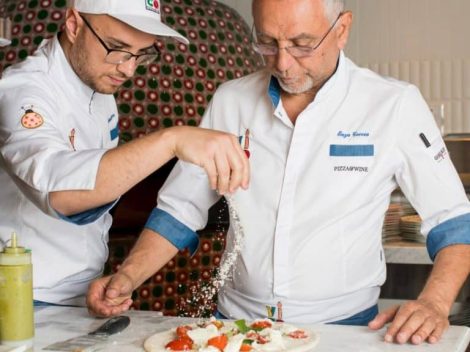Ever-recurring historical cycles. Trends explode, pass by and return years later, in a completely new guise taking younger generations by surprise. In fashion, we have seen bell bottoms, shoulder pads, big hair, fishnet stockings, maxi earrings, high-waisted belts and fluorescent colours return in waves. We have seen triumphant monuments to the 1980s built through the globally successful Netflix series Stranger Things, responsible for a billion-dollar revenue stream of merch, music and accessories from the era's pop cultural background. Thanks to media operations such as these, and with the help of TikTok, Kate Bush, Fleetwod Mac and Metallica are selling more copies now than in their lifetime careers. So, if everything comes back, why are some iconic dishes from that time struggling to make a comeback?
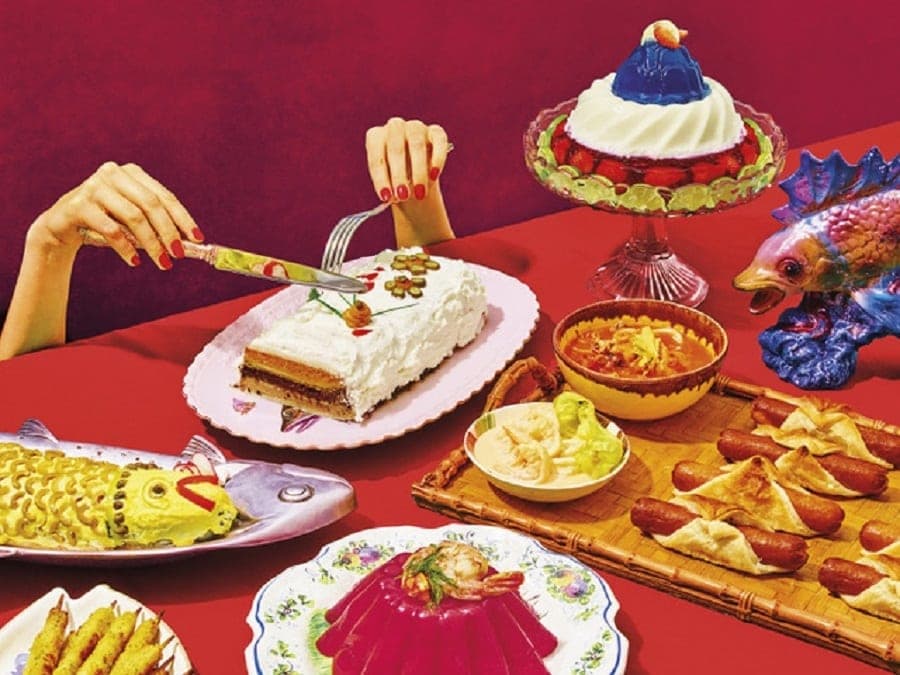
courtesy of TOILETPAPER magazine: Maurizio Cattelan and Pierpaolo Ferrari
What we ate in the 70s and 80s
As it was for society and cultural background, the 1970s also meant a radical change at the Italian table after the economic boom of the previous decade. On the shelves of the first "'supermarkets" therefore appeared the first frozen foods, tinned meat and dishes prepared in the increasingly popular pressure cookers. On restaurant menus and in recipe clippings, it was a triumph of jellies, aspic, hevay cream and mayonnaise.
The 1980s in Italy then incorporated the previous crazes, but with an added predilection for first courses, including pastas, risottos, tortelli and tortellini; the ubiquitous carpaccio with rocket and shaved cheese; and a hedonism that embraced junk food tout court, celebrating the exotic with the first hamburgers, crabmeat, spring rolls and fried rice.
The 11 retro recipes to salvage
Between fake fish and penne alla vodka, we reviewed old recipe books and unearthed the retro and even slightly kitsch recipes that have ended up (some justifiably) in oblivion and that, in this age of wild revival, deserve at least a mention.
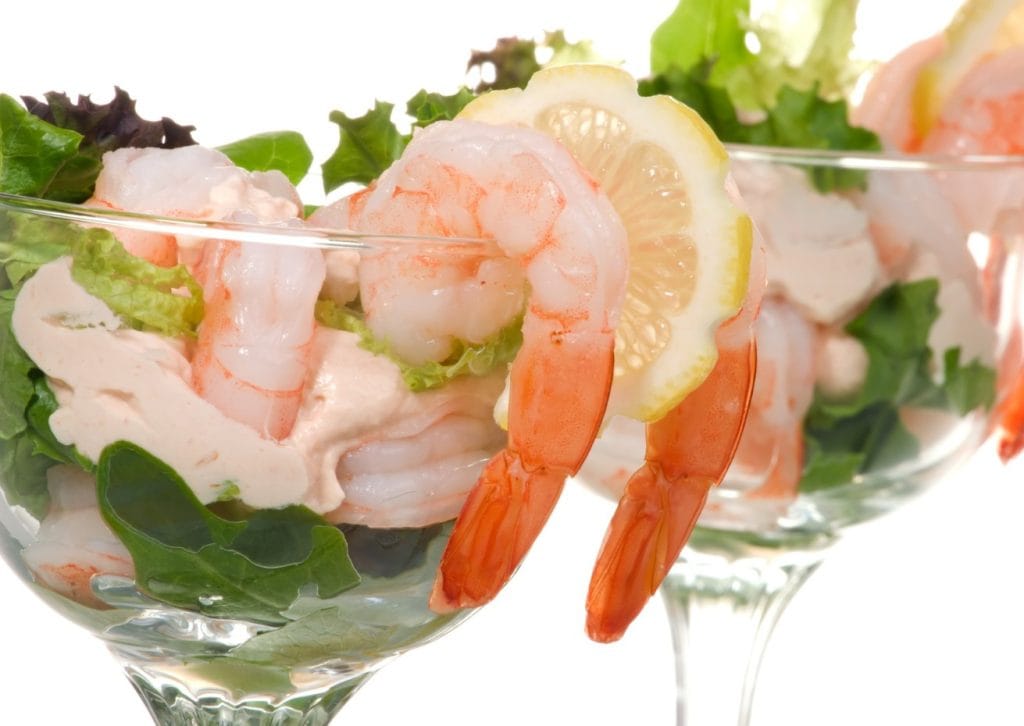
Shrimp cocktail
Served in a tulip-shaped ice-cream glass or martini glass, the mix of shrimp and pink sauce, balanced on a nest of julienne-cut iceberg lettuce, was the quintessential appetiser between the 1960s and 1980s. The birthplace is in Las Vegas, at the Golden Gate Hotel, the first casino to offer its customers the 50-cent shrimp cocktail in 1959.
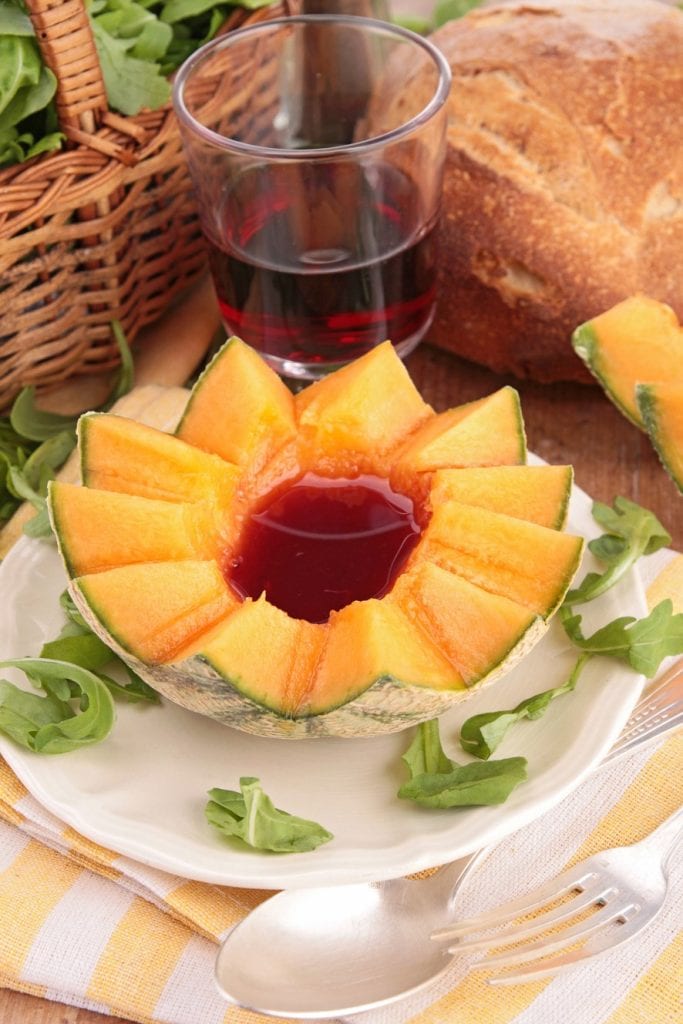
Melon and Port
It is said that it was the popes of the 18th century who sipped port from a cantaloupe, or that the tradition of serving fortified wine in the cavity of a half-melon is an invention instead of Spanish monks who used piel de sapo melons, probably grown in the monastery garden, with port from their own cellar. But the craze for this summer dish in Italy exploded during the Eighties.
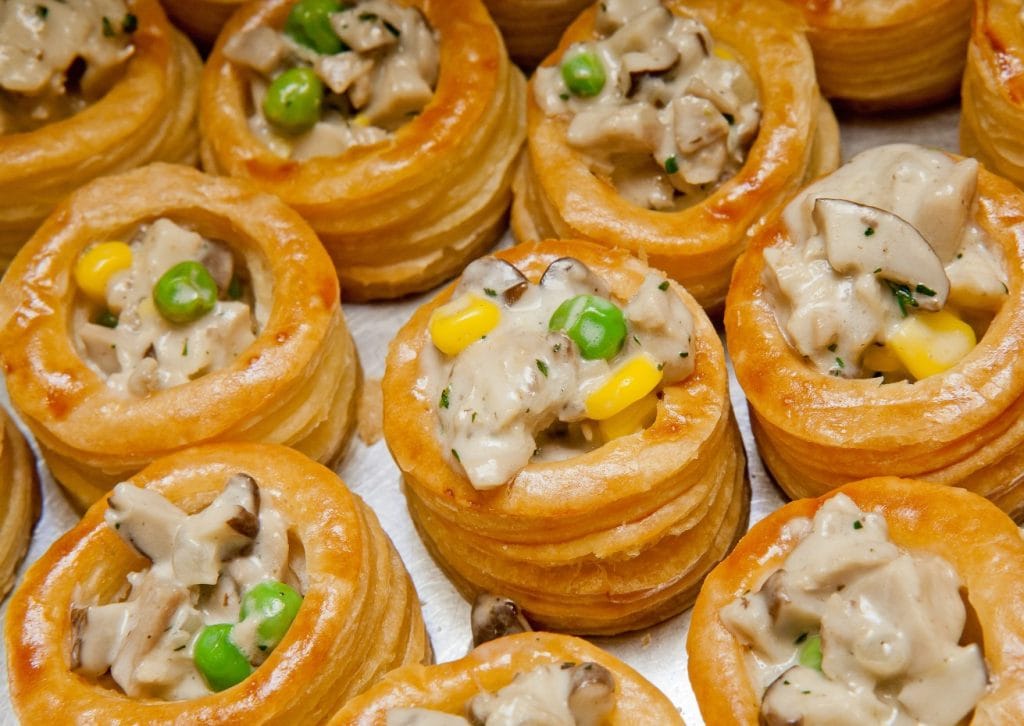
Vol-au-vent
There is something deeply nostalgic about 1970s party food. Vol-au-vents, a French culinary term meaning 'flying in the wind', are light puff pastry canapés stuffed with a meat or fish filling, in a creamy sauce or thick velouté. They have been the classic hors d'oeuvre served at cocktail parties, fetes and ceremonies that perhaps more than any other appetiser has withstood the passage of time.
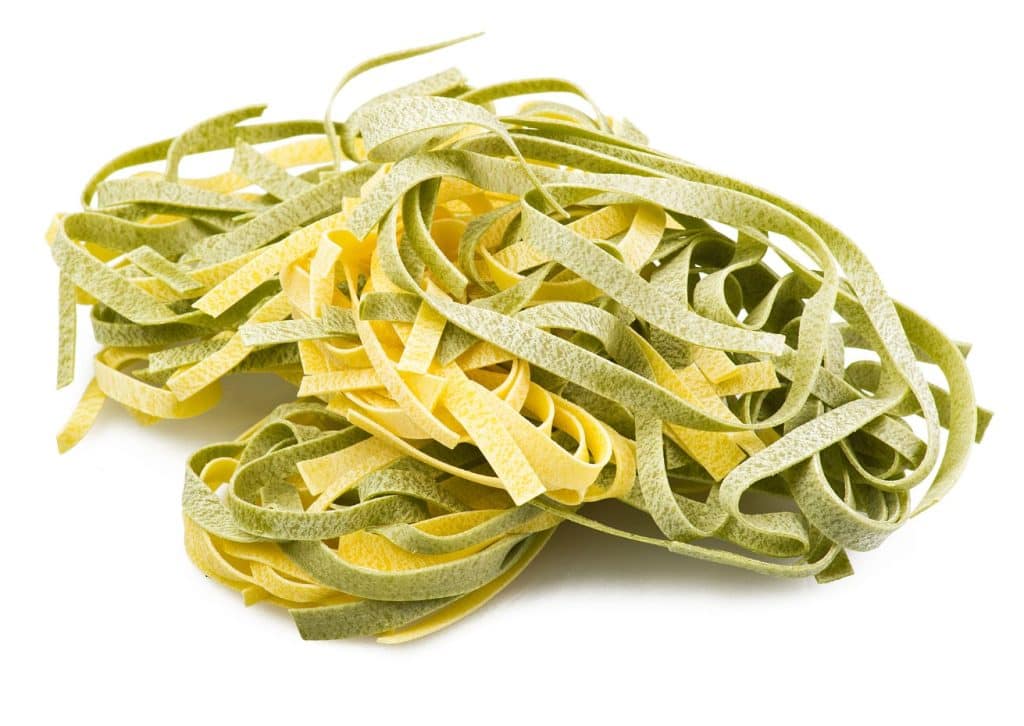
Paglia e fieno alla papalina
A two-coloured pasta shape that was hugely successful in the 1970s. It comes in different sizes, including fettuccine, tagliatelle and tagliolini, gathered and dried in small nests. The name of this pasta refers to the two colours of the pasta, a classic one based on flour and eggs, and a green one in which spinach puree is added to the dough: the yellow alludes to the brightness of straw (in Italian paglia), the green to the freshness of hay (fieno). The condiment par excellence in Emilia-Romagna is ragù alla bolognese. In the central regions instead it was tomatoless ragùs, and in Rome, paja e fieno is alla papalina, i.e. dressed with cream, ham and peas. Once on the menus of many Rome restaurants, it has disappeared for years.
Risotto with Champagne
Born in the 1970s in discos, risotto allo Champagne arrived at the privé table to refresh VIPs from the marathons of bump, hustle and other famous dances of the time. Partially supplanted in the 1980s by strawberry risotto, it is a carnaroli with butter and Parmigiano cheese that uses Champagne instead of dry white wine for deglazing the pan during cooking.
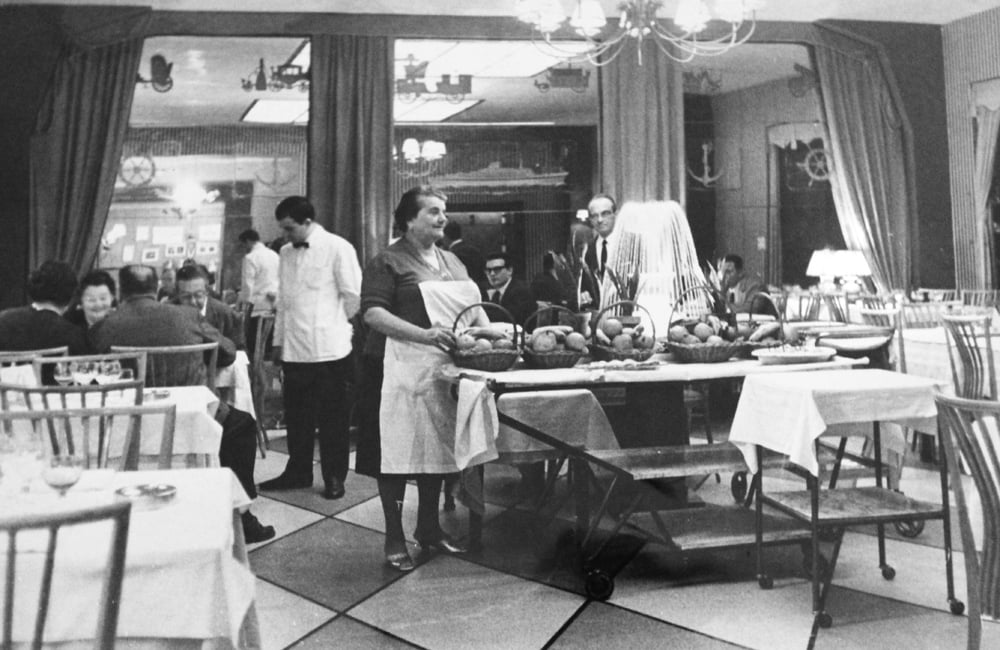
Tortellini with cream and ham
The as famous as reviled tortellini alla panna are the invention of Cesarina Masi from Bologna, a histrionic and Fellini-esque character who made restaurant history in her native city. Cesarina first made them in 1940 and from then on, tortellini alla panna became one of the most famous post-war dishes. Having moved to Rome for family reasons, Cesarina opened her restaurant in Via Sicilia, a parallel of Via Veneto, the hub of the Dolce Vita. It was thanks to the world of cinema - among the first customers were famous actors, followed by politicians - that the dish was consecrated in the capital for a few decades. Then, with the demise of the owner and the crusade against heavy cream, the dish fell into disrepute.
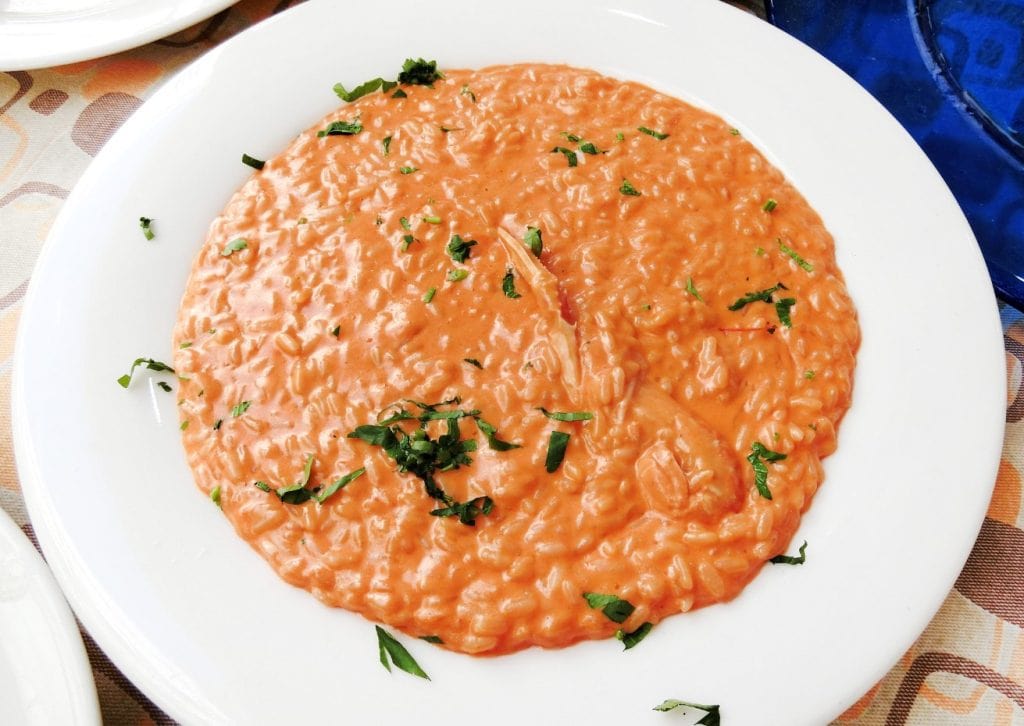
Risotto with cream of scampi
Straddling the 1970s and 1980s, this dish now fallen into disuse (a few restaurants still make it, a special mention goes to La Baia in Fregene), it invariably made its appearance on the menus of wedding receptions. Made with a fumet of the shellfish heads, cream and a dash of Cognac, the scampi cream risotto was made pink with just a hint of tomato. It was supplanted in favour of the more common risotto alla pescatora.
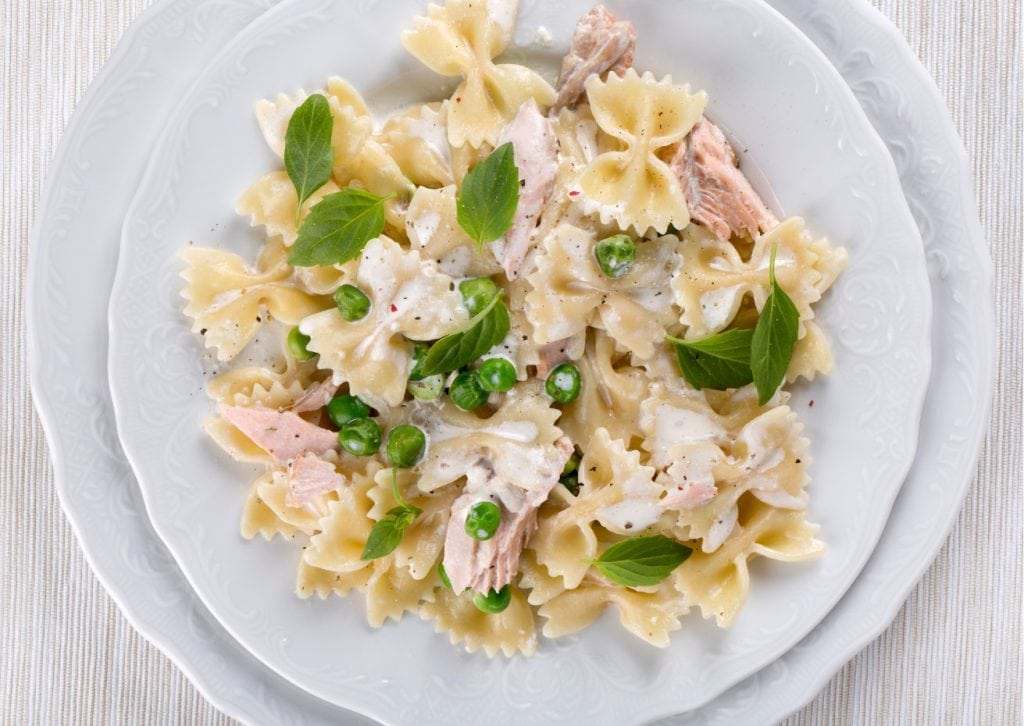
Farfalle with salmon
Time travel: the TV is playing comedy review Drive In, and in the kitchen, cream and parsley are used just about everywhere. The recipe for pennette lisce or farfalle - bowties (both pasta shapes are now widely mistreated) with salmon could also be made with fresh fish, but the recipe was born with smoked salmon, which if cooked that minute too long would become salty and leathery. Now absent from restaurant menus, the dish enjoyed immense success in the 1980s and 1990s.
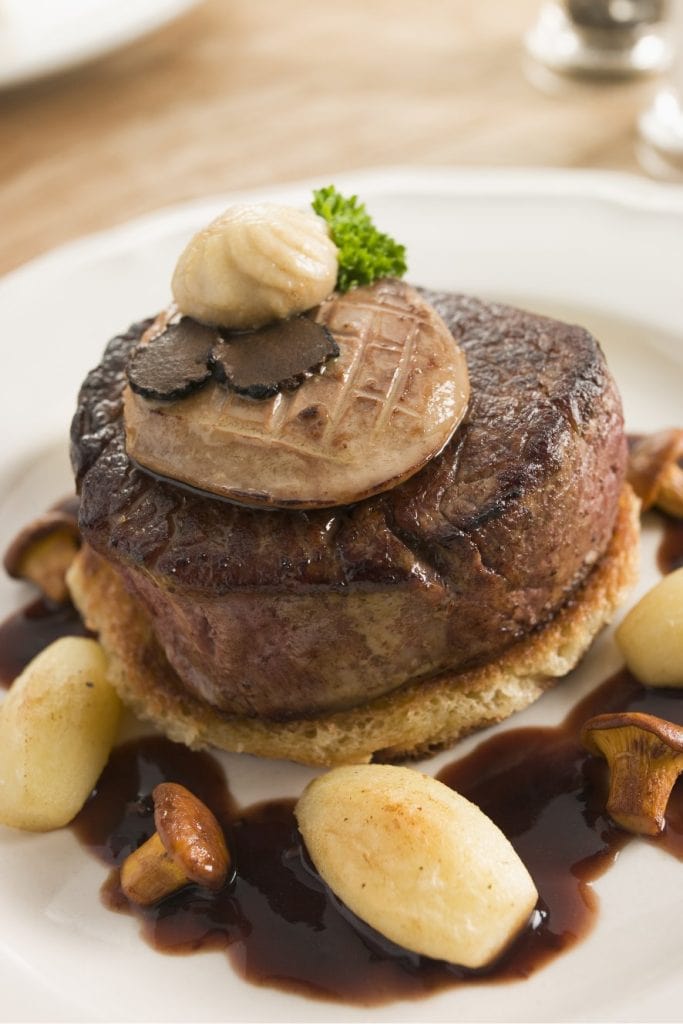
Tournedos Rossini
Medallions of beef fillet browned in a pan with butter, tinged with Madeira, and served with foie gras and truffle are a typical French dish. The dish originates from a legend involving one of the greatest composers in the history of music, Gioacchino Rossini. The story of the origin of the name given to the dish is twofold: one goes that it was Rossini, a great lover of cooking, who suggested the recipe to the chef of the Café Anglais in Paris, where the composer resided. The other, sees Rossini denied a truffle variation for his filet, and he, irate, exclaimed: "Alors, tournez le dos!", which in French literally means turn your back, or 'step aside'. The dish is said to take its name from this legend. Once present as a main course in virtually every restaurant in Italy, tournedos Rossini are now a vintage rarity.
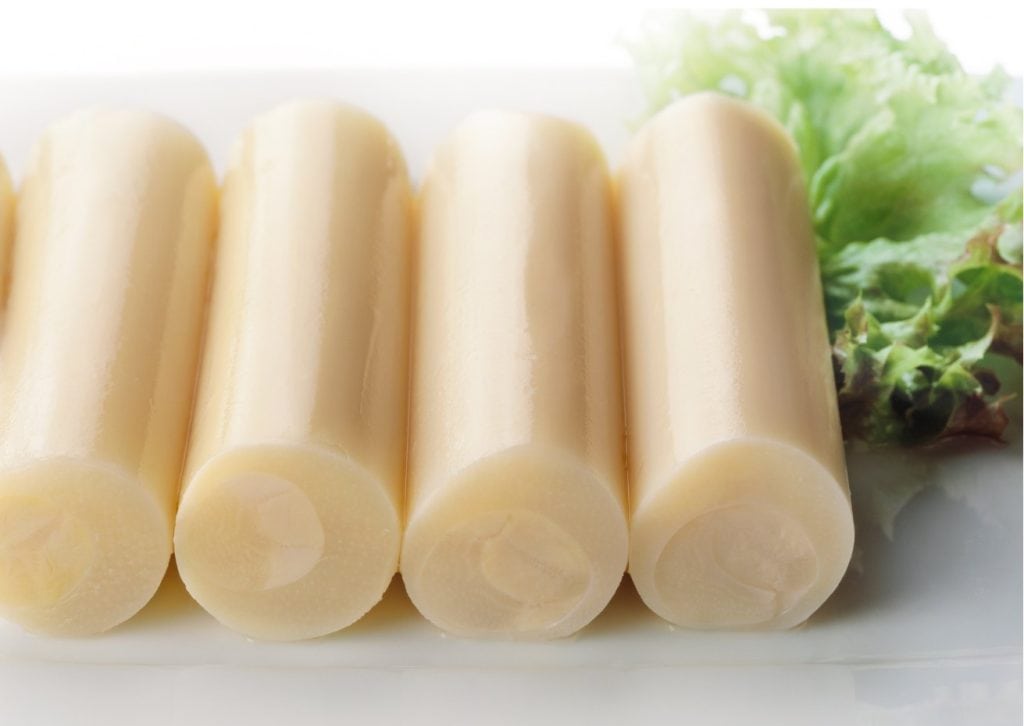
Hearts of palm salad
Starting in the mid-1970s and reaching peak popularity in the 1980s, no self-respecting summer lunch was complete without the infamous salad of hearts of palm, Belgian endive and corn kernels, dressed with vinaigrette. The white cylinders sold in tins suspended in a mysterious liquid are only obtained from certain palm species native to Central and South America. Due to unsustainable supply (demand became so intense that it caused tragic deforestation) a long decline has led hearts of palm and the pale salad to fall into oblivion.
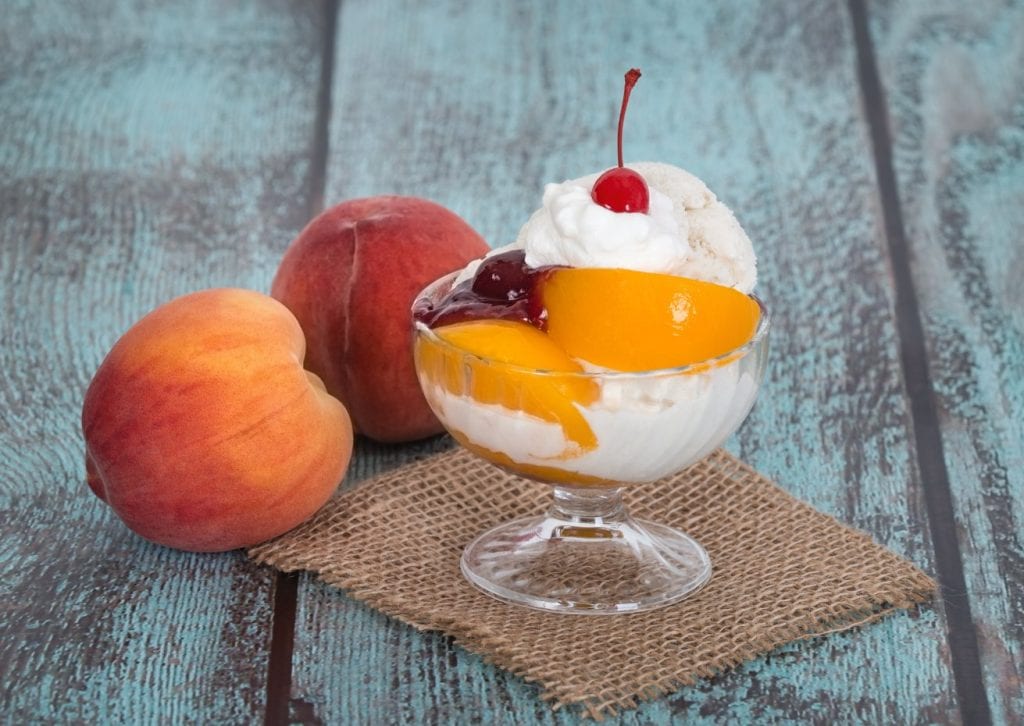
Peaches Melba
The dessert created in 1893 by the famous French chef Auguste Escoffier for the world-famous Australian soprano Dame Nellie Melba, who was staying at the Savoy while she was performing in Covent Garden, became so famous that it remained in vogue for a century. For this dessert, poached peach halves are garnished with raspberry puree and vanilla ice cream. Whatever happened to it?


 Non-alcoholic wines? Call them what you want, but they’re still a derivative of wine.” An Interview with Martin Foradori
Non-alcoholic wines? Call them what you want, but they’re still a derivative of wine.” An Interview with Martin Foradori The 8 best Trentodoc wines chosen by Gambero Rosso
The 8 best Trentodoc wines chosen by Gambero Rosso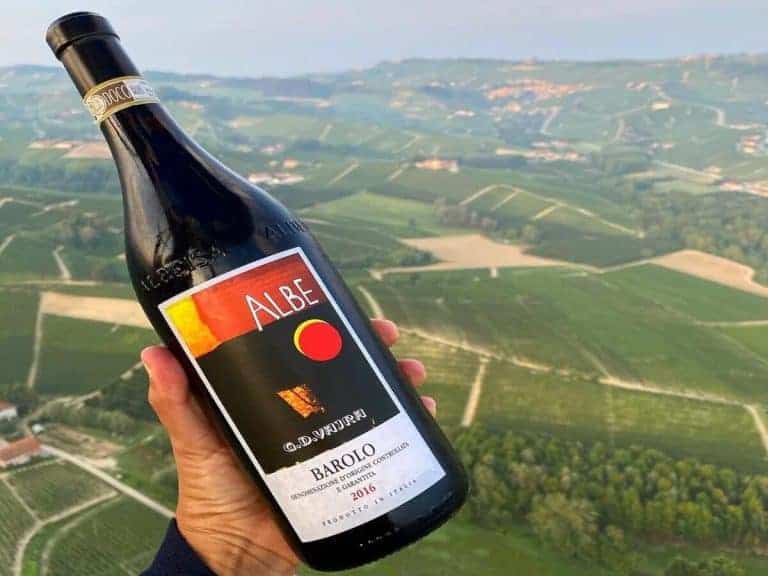 A Piedmont wine enters the top ten of Wine Spectator's "Top 100"
A Piedmont wine enters the top ten of Wine Spectator's "Top 100" Sparkling wines surpass still wines in Italian out-of-home consumption. Most popular during the aperitif
Sparkling wines surpass still wines in Italian out-of-home consumption. Most popular during the aperitif American Barbecue wins a Michelin star for the first time in history
American Barbecue wins a Michelin star for the first time in history